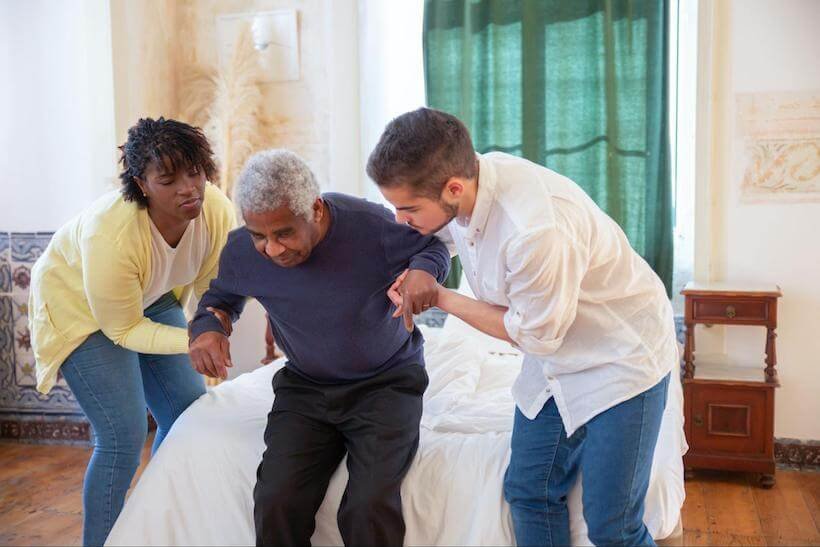How Nursing Home Neglect Can Lead To Bedsores And Possible Death
Bedsores are commonly associated with the elderly and nursing home patients. While the term may suggest simple discomfort, bedsores are extremely painful and can lead to life threatening infections and death. Sadly, in most cases, they are entirely preventable with proper and attentive care.
If your loved one is showing signs of bedsores, they may be a victim of nursing home neglect. Immediate action needs to be taken to prevent further damage that can lead to serious infection and wrongful death.
Bedsores as a Sign of Nursing Home Neglect
Nurses and nursing home staff are compassionate, trustworthy and trained to provide excellent care. When they don’t, it’s usually a sign of other factors such as, short or inadequate staffing. Unfortunately, nursing home neglect doesn’t require that anyone was intentionally negligent and in any case, patients suffer serious and painful damage.
To prevent bedsores, patients who are immobile or sedentary, need to be carefully moved every 2 hours. Nursing home staff should also take the time to inspect common areas where bedsores develop to look for redness or skin discoloration, tenderness, and existing sores. Since elderly patients can develop fragile skin, they should be handled with extreme care. Any form of persistent or excessive pressure on the skin can result in an injury or bedsore.
Common Places Bedsores Develop
Bedsores develop in areas that are particularly boney such as
Heels
Ankles
Hips or Lower Back
Back of the head
Backs and sides of the knees
Tailbone
Shoulder Blades
Stages of Bedsores
Bedsores are described in 4 stages ranging from least to most severe. Staging is based on the depth of soft tissue damage.
Stage 1: Area is painful and discolored but no open wound is visible. Patients may complain about pain, itching or burning sensations.
Stage 2: The skin texture shows visible change or damage including an open wound. The damage may look like a scrape or blister. Patients may complain about more severe pain.
Stage 3: The bedsore may now look like an ulcer or crater, possibly exposing fatty tissue due to deeper damage under the skin
Stage 4: Large wound with severe damage. Muscles, bones and tendons may be visible. Serious risk of infection is possible.
Stage 3 and 4 bedsores pose a serious risk to a patient and can result in a life threatening infection such as sepsis and septic shock. These kinds of infections, if not immediately treated, will eventually lead to organ failure and death. Infact, approximately 60,000 people die annually from complications due to bedsores, and mostly within 6 weeks to 6 months.
Act Immediately if Your Loved One is Showing Signs of Nursing Home Neglect
Bedsores are far more fatal than previously realized. If your loved one is developing bedsores or showing other signs of neglect, you have no time to lose. Notify the nursing staff and nursing home immediately and follow through with legal action if it’s not remedied. No one deserves to experience the pain of bedsores and trauma of negligent care. Let an experienced nursing home neglect lawyer at the Law Offices of Jay L. Edelstein protect your loved ones and get them the compensation and care they deserve.


